3D printing has revolutionized the way we create and prototype products. This advanced technology enables the construction of objects by layering materials based on a digital model. Yet, while 3D printing can often be more cost-effective than a traditional manufacturing process, determining its actual cost isn’t always straightforward.
When you pose the question, “How much does 3D printing cost?”, the answer isn’t a simple one. Various factors influence the overall cost, ranging from the type of 3D printer to how much material costs, model complexity, and post-processing needs all play a role.
As we navigate this guide, remember that costs can vary widely based on these and other aspects.
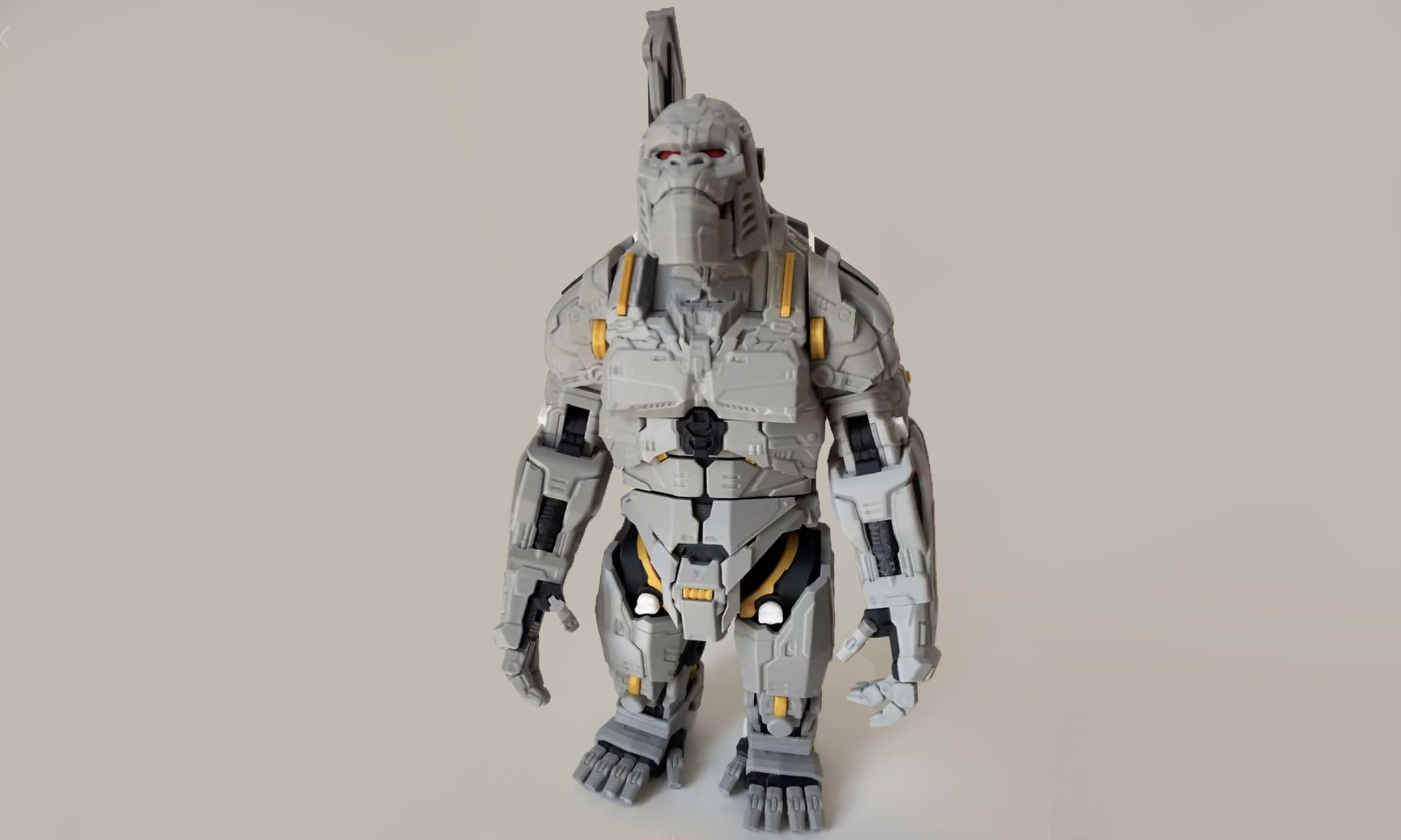
What Are The Initial Costs of 3D Printing?
Before you can turn out that first 3D print, several initial investments are required:
- 3D Printer: This is often the most significant upfront cost. The price varies widely based on the type and capability of the printer.
- Materials: Whether you’re using PLA, resin, or other filaments, material costs can add up, especially for larger prints or projects requiring high-quality materials.
- Labor: Setting up prints, designing models, and post-processing require time and labor costs.
- Software: While some 3D printing software options are free (like Cura), others cost, especially if you’re diving into advanced design and printing.
- Maintenance: Printers require upkeep, including cleaning, replacing parts, and calibrating the printer.
- Electricity: 3D printers can run for hours or even days, depending on the project. So, don’t overlook electricity costs.
Average Cost Ranges
- Materials: $20 – $100 per kilogram
- Labor: $15 – $75 per hour (depending on expertise)
- Software: $0 (free options) – $1,500
- Maintenance: $50 – $500 annually
- Electricity: Varies based on local rates and printer usage
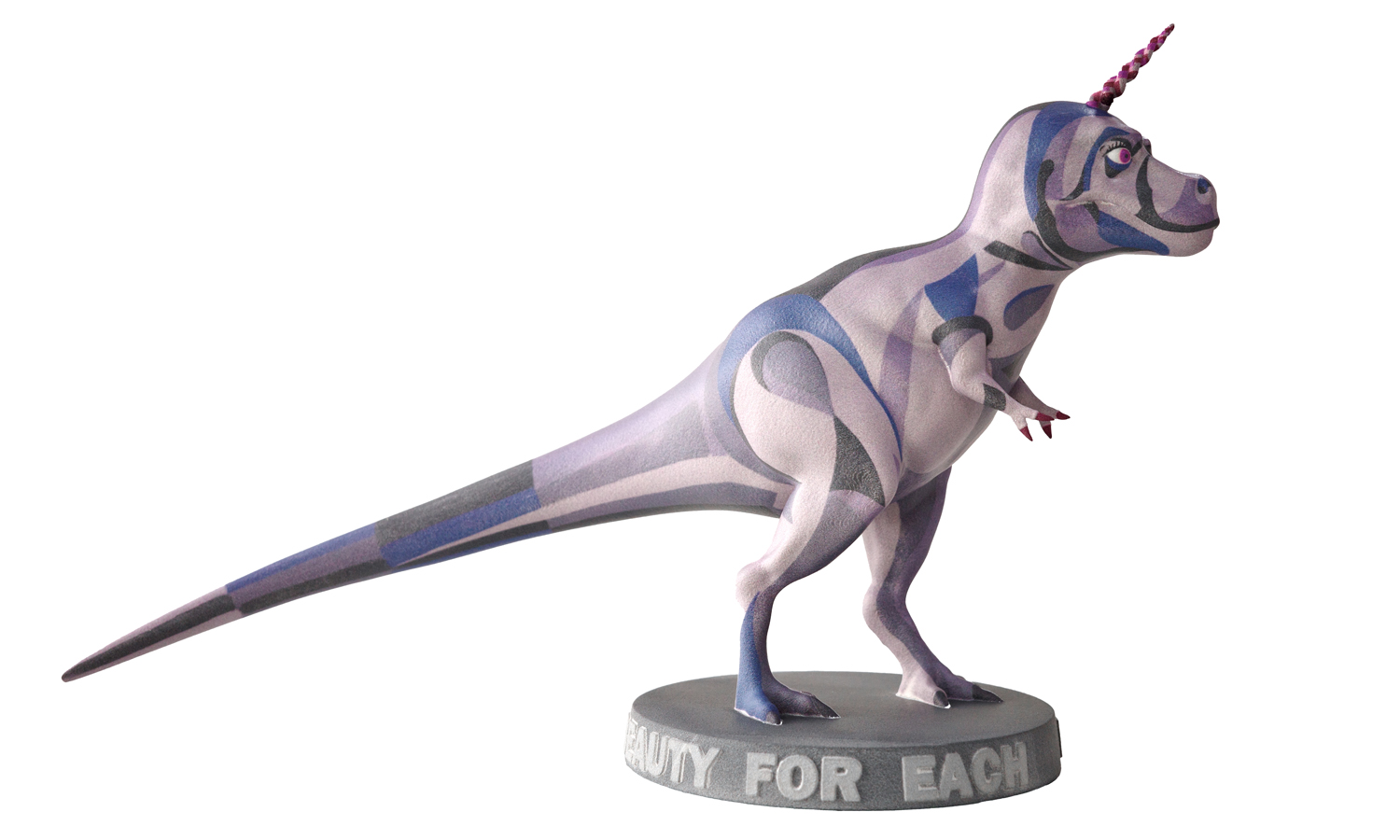
How Much Does a 3D Printer Cost?
The cost of a 3D printer largely depends on its features, quality, and the purposes it serves. Below is a breakdown:
How Much Does an Entry-Level 3D Printer Cost?
Ideal for beginners, these printers are often limited in features and print quality.
- Average Price: $200 – $500
- Upper Limit: $1,000
How Much Does a Hobbyist 3D Printer Cost?
A hobbyist 3D printer typically offers better quality and more features than entry-level options.
- Average Price: $500 – $3,000
- Upper Limit: $5,000
How Much Does a Professional 3D Printer Cost?
These printers are ideal for professionals and small businesses. They offer high-quality prints, larger build plates, and advanced features.
- Average Price: $3,000 – $10,000
- Upper Limit: $20,000
How Much Does an Industrial 3D Printer Cost?
These are top-of-the-line machines used by large businesses and manufacturing units. They offer the best quality, highest speeds, and largest print sizes.
- Average Price: $10,000 – $100,000
- Upper Limit: Can exceed $500,000 for specialized models
Understanding 3D Printing Technologies and Their Costs
Fused Deposition Modeling (FDM
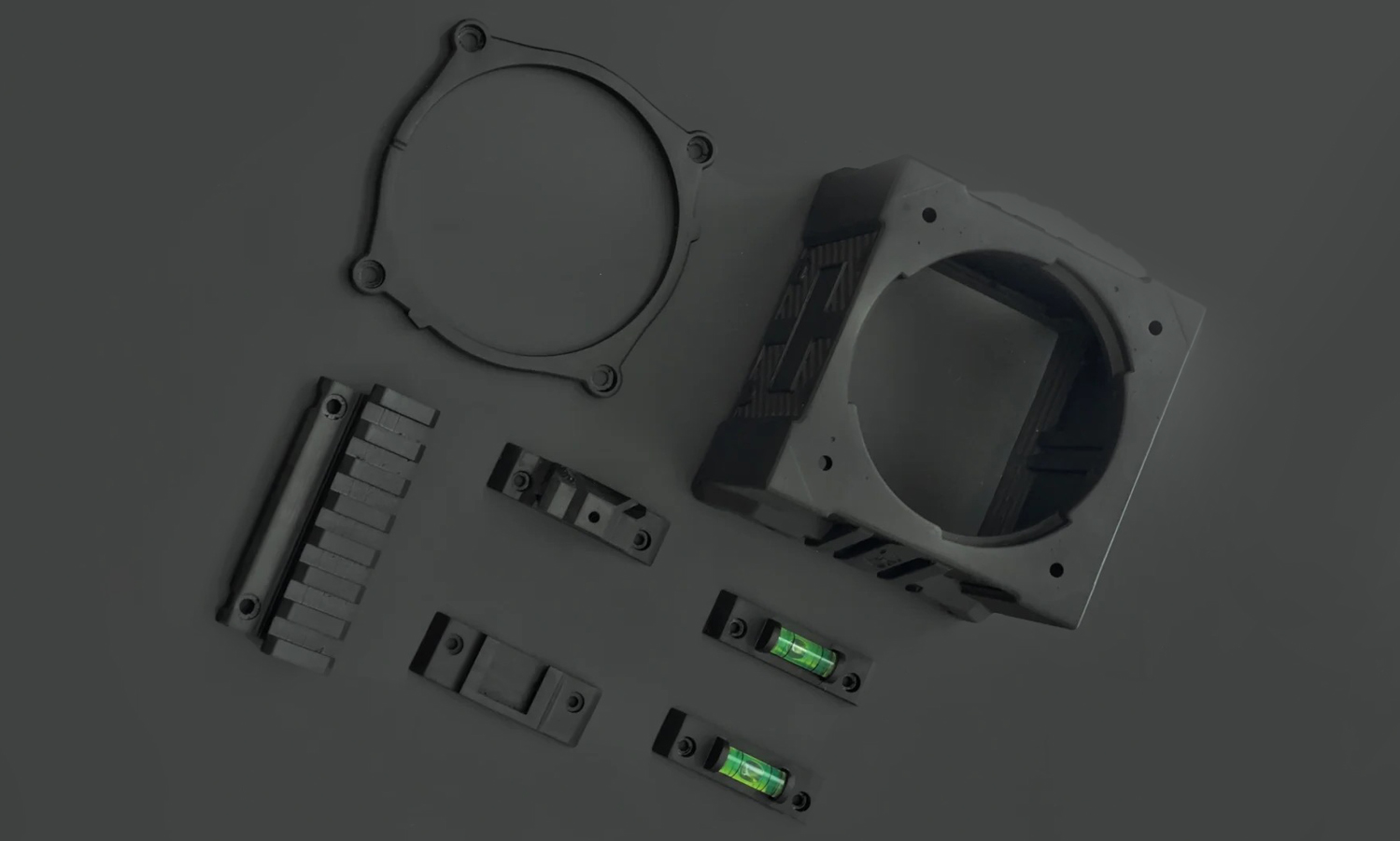
Fused Deposition Modeling, FDM, is one of the most accessible forms of 3D printing technology. It’s where thermoplastic filaments, the likes of PLA or ABS, are melted and extruded layer by layer to craft a 3D object.
The cost for FDM printers spans from budget-friendly home models to sophisticated industrial machines. An entry-level 3D printer can cost as little as a few hundred dollars, while higher-end models could reach the thousands, excluding material costs.
Stereolithography (SLA)

Stereolithography, or SLA, is a resin-based 3D printing technology. It uses ultraviolet light to solidify liquid resin into the desired 3D shape. SLA printing is known for its high resolution and quality, capable of intricate details.
The price for SLA technology starts higher than FDM and can increase substantially based on the capabilities of the resin printer and the materials used, often exceeding several thousand dollars.
Selective Laser Sinterng (SLS)
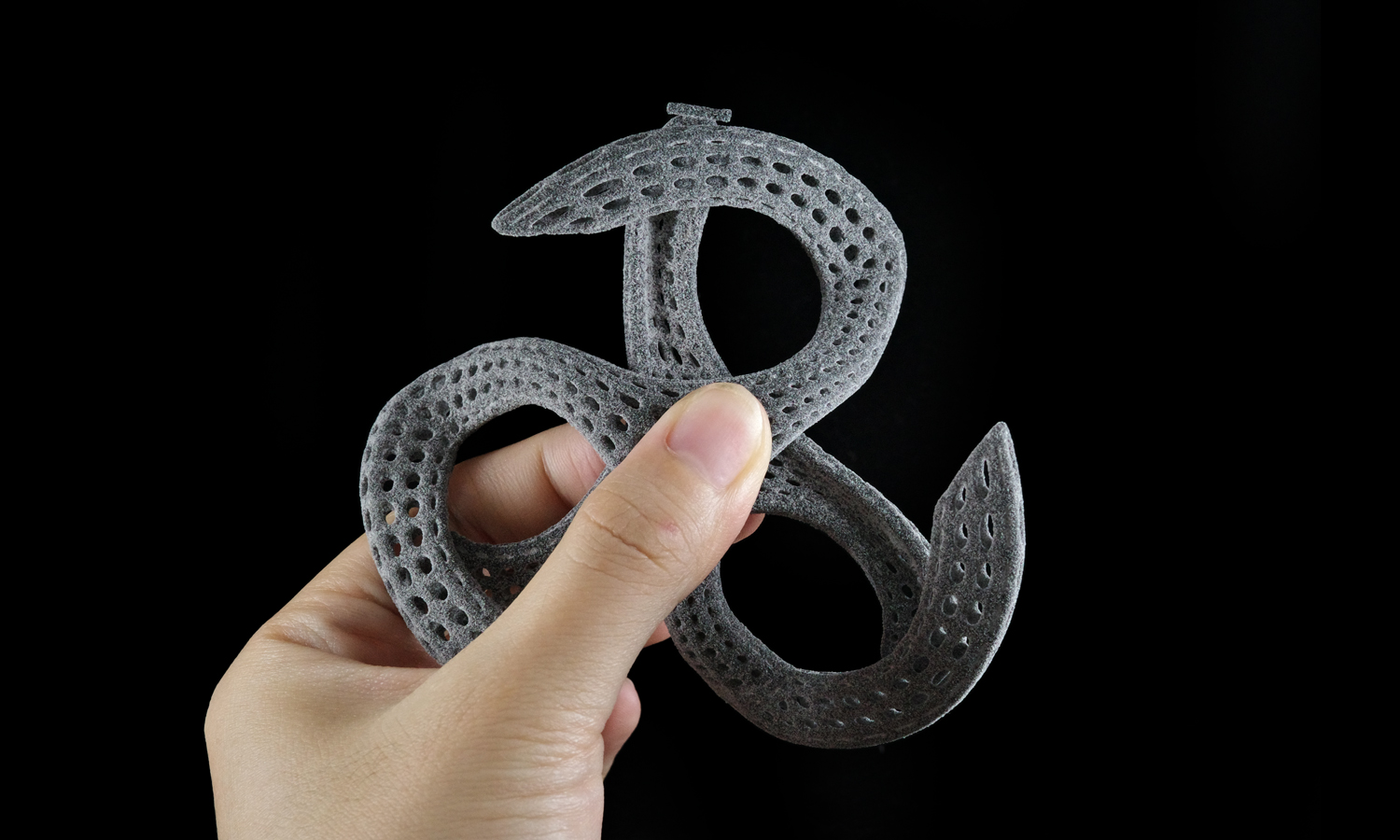
Selective Laser Sintering, SLS, uses a powerful laser to fuse small particles of polymer powder into a solid structure. SLS is favored for its strength and durability, making it a choice for functional prototypes and end-use parts.
The cost of SLS 3D printers and the associated printing material costs typically place this technology in a higher price bracket, often utilized by professional services and businesses with a considerable budget.
MultiJet Fusion (MJF)
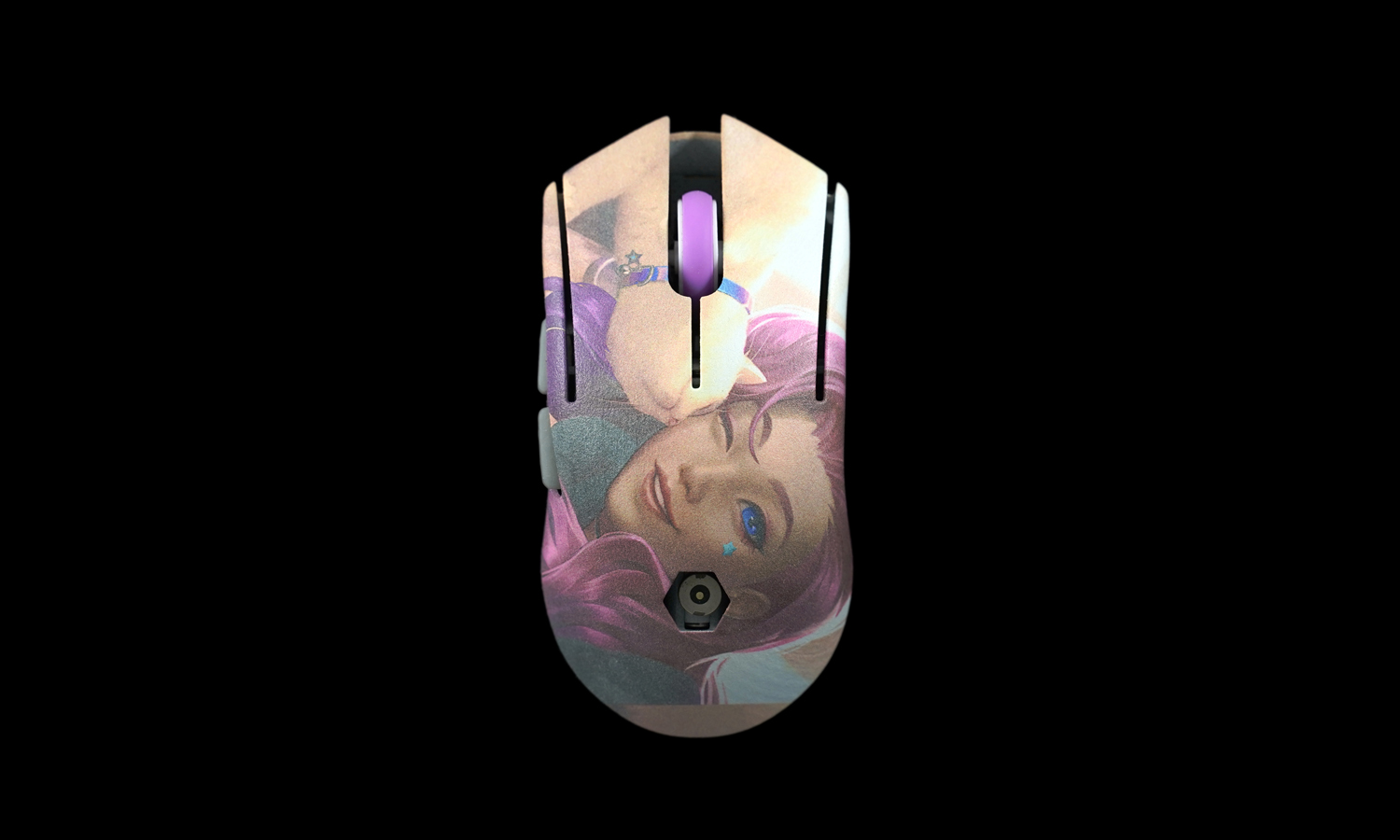
MultiJet Fusion, developed by HP, is a newer player in the 3D printing arena, making waves with its speed and precision detail capabilities. MJF disperses a binding agent onto a powder bed and fuses it with heating elements.
As a cutting-edge technology, the costs associated with MJF printers and their maintenance are higher, generally targeting industrial use with a significant investment required.
Digital Light Processing (DLP)
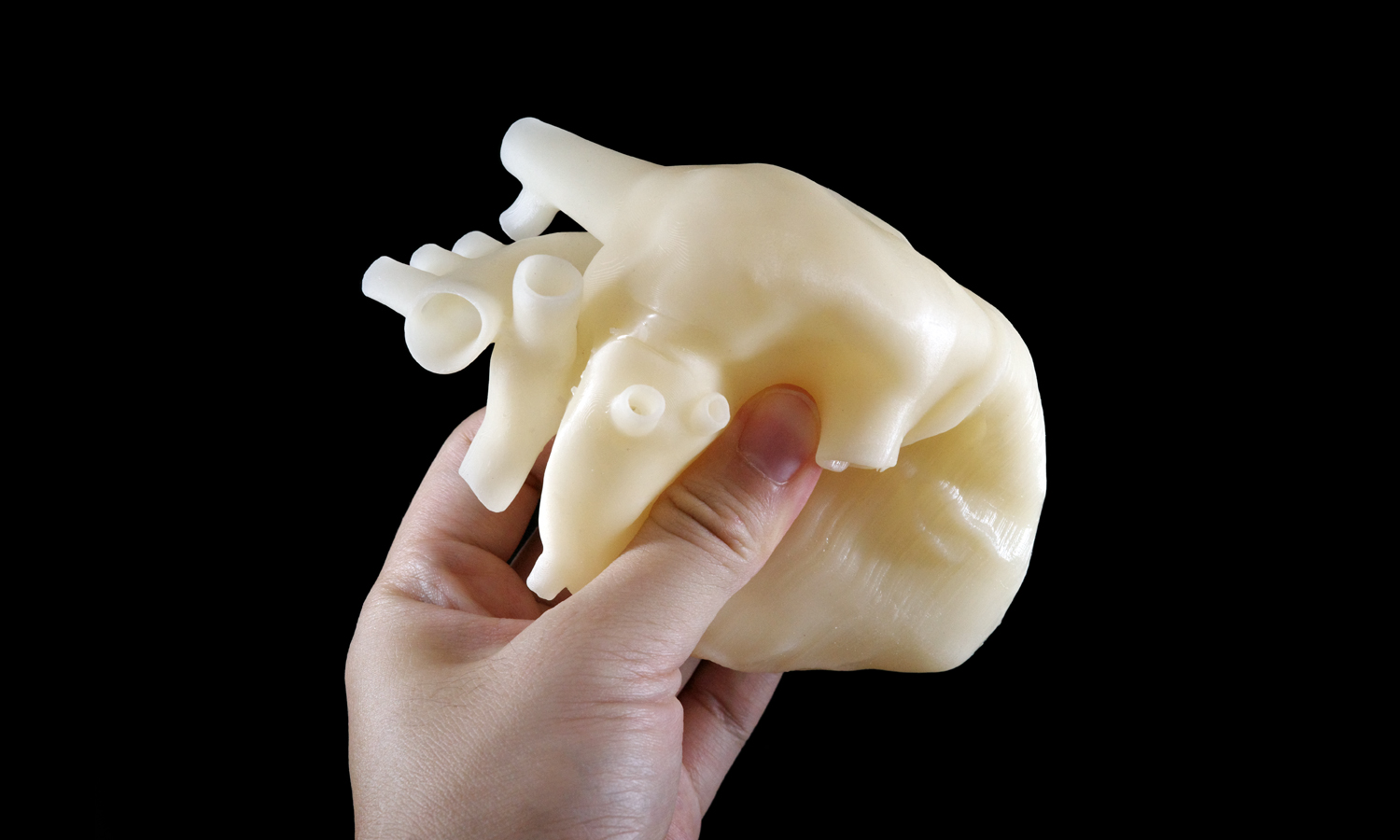
Digital Light Processing, DLP, is similar to SLA in that it uses light to cure resin, but it differs by employing a digital light projector screen to flash a single image of each layer all at once, which makes DLP faster than SLA in some cases.
The costs for DLP technology are comparable to SLA, increasing with the printer’s size and complexity.
Peripherals and Setup Requirements
Beyond the printer itself, successful 3D printing operations necessitate a range of peripherals and setup investments. For resin-based printers like SLA and DLP, a curing station is vital, often adding several hundred dollars to the initial cost.
Maintaining a consistent print environment may also result in expenses such as dedicated space and electricity supply, which add to overhead costs.
Software for 3D Printing
Diving deeper into the 3D printing process reveals the importance of slicing software. This software translates 3D models into instructions that a printer can understand.
Options range from free slicers like Cura to advanced, feature-rich suites that cater to professionals, which can cost several hundred dollars.
Recurring Expenses in 3D Printing
Understanding the recurring expenses of 3D printing is vital for hobbyists and professionals. Among these, the cost of materials stands out as a significant factor.
The choices made at the purchasing stage not only influence the quality and properties of the 3D printed objects but also have a direct impact on the bottom line of 3D printing projects.
What is the Cost of 3D Printing Materials?
Figuring out the costs associated with 3D printing materials is fundamental when estimating the budget for any 3D printing project. The price of materials can dictate profit margins, project feasibility, and even design choices.
Materials typically come in three main types: filaments, resins, and powders, each with unique properties and cost implications. Let’s explore these types, highlighting how they contribute to the overall 3D printing cost.
Filament Costs: From PLA to Specialty Composites
Filaments are a popular choice for many 3D printer enthusiasts, especially within the Fused Deposition Modeling (FDM) printing technology. The prices for these filaments vary, primarily depending on the type and quality:
- PLA (Polylactic Acid): Often recommended for entry-level users due to its ease of use and lower cost. Prices typically range from $20 to $30 per kilogram.
- ABS (Acrylonitrile Butadiene Styrene): Known for its durability and strength, suitable for more resilient parts. ABS plastic can cost between $25 and $40 per kilogram.
- PETG (Polyethylene Terephthalate Glycol): Combines the reliability of PLA and the strength of ABS. It usually falls in the price range of $22 to $35 per kilogram.
- Specialty Composites: These may include filaments infused with materials like carbon fiber or metals, significantly increasing the cost, which can soar to $100 to $200 per kilogram.
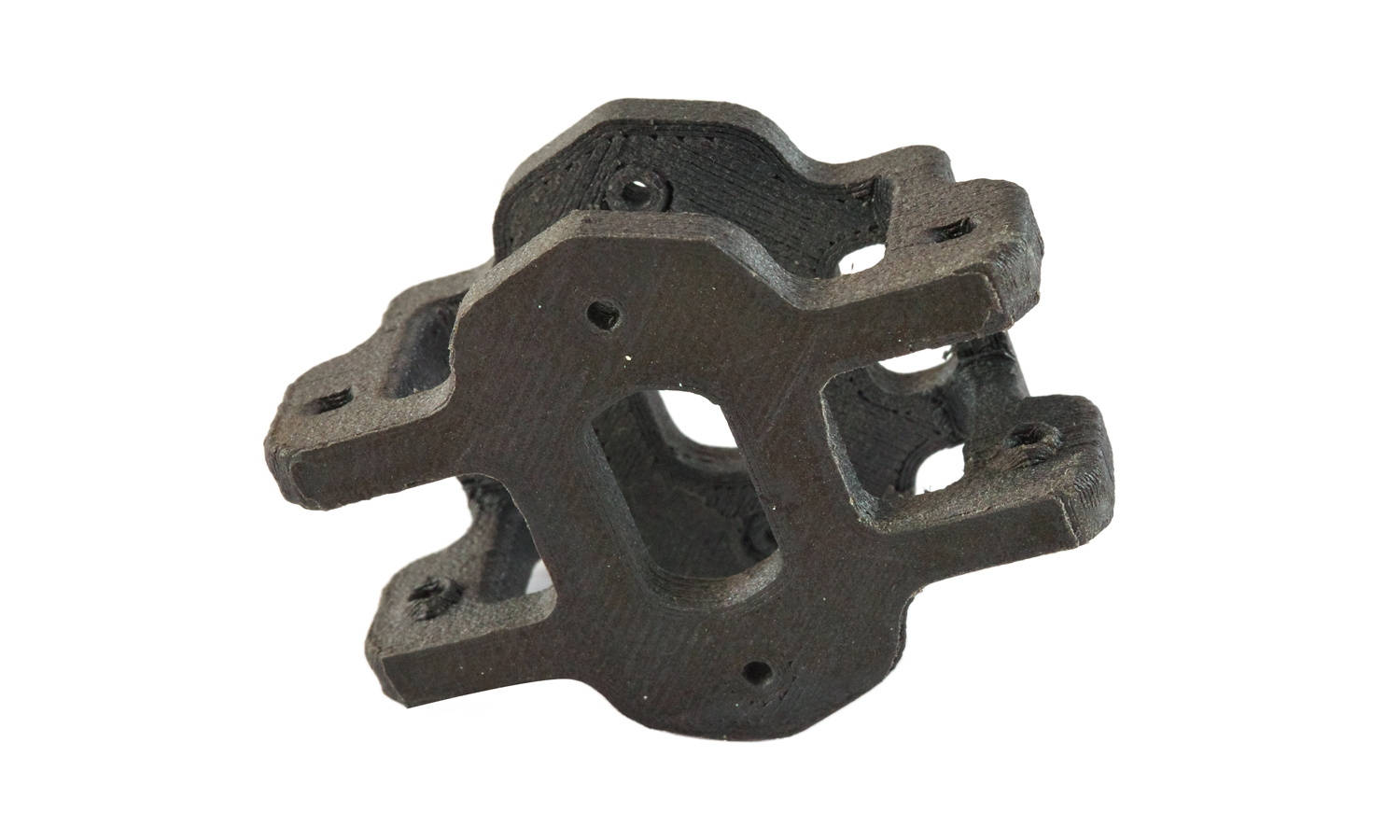
Resin printing, associated with Stereolithography (SLA) and Digital Light Processing (DLP) technologies, uses liquid resins that harden under specific wavelengths of light. The cost of resin materials can influence the overall 3D printer costs substantially:
- Standard Resins: Suitable for general applications, typically priced at $50 to $70 per kilogram.
- Specialized Resins: These include resins with properties such as higher durability, flexibility, or transparency and can range from $80 to $200 per kilogram, depending on the specifications required for the 3D print.
Post-Curing Costs for Resin Printing
In addition to the cost of resins, Stereolithography (SLA) and Digital Light Processing (DLP) 3D printing technologies require a post-curing process. This is a crucial step to achieve the final properties of the printed parts. Here are key points to consider:
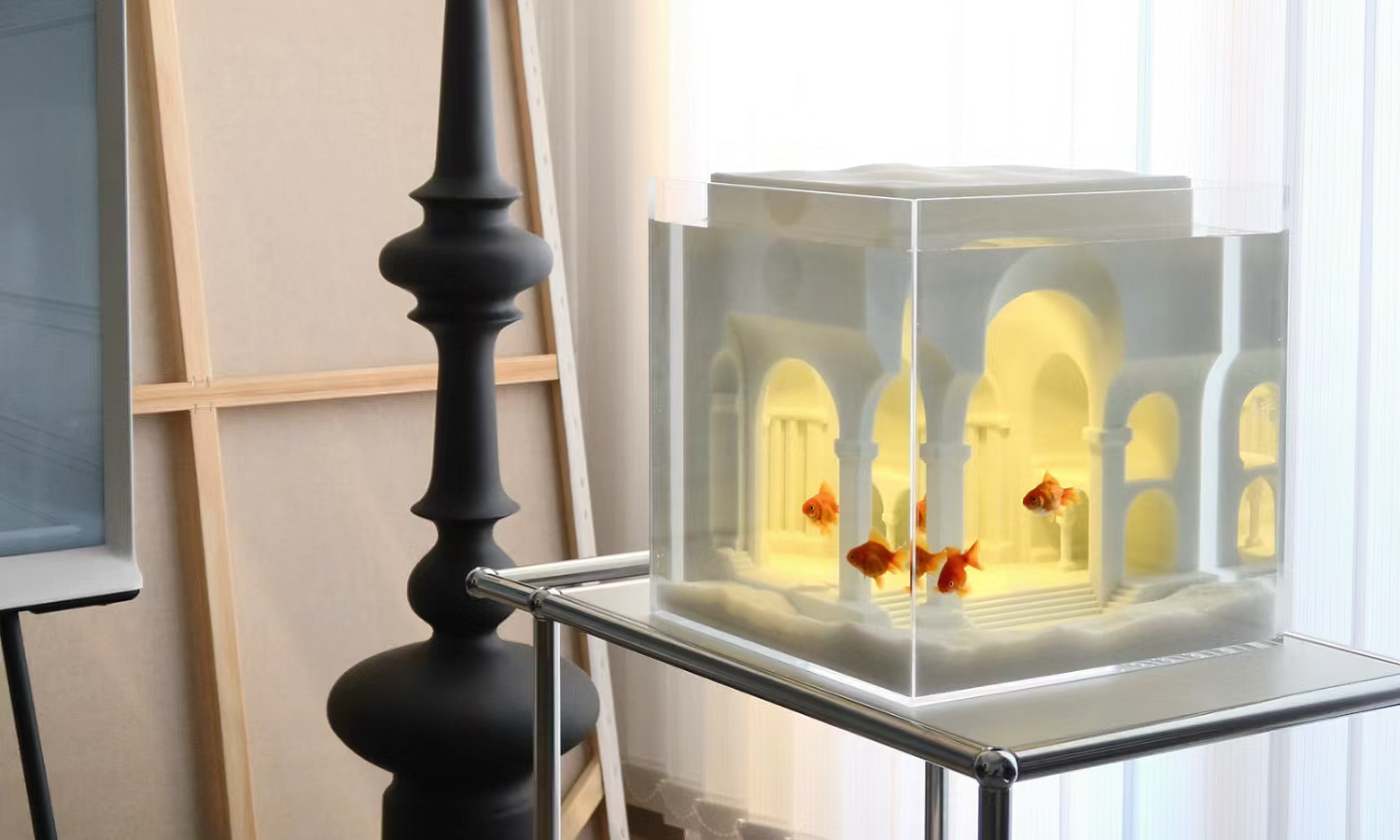
- Post-Curing Equipment: After printing, the parts need to be exposed to UV light to complete the curing process. This requires specific post-curing equipment, which can range from simple UV light boxes to sophisticated curing stations. The cost for basic UV curing lamps starts around $30-$50, while more advanced curing stations can cost several hundred dollars, depending on their size and features.
- Materials for Post-Curing: In addition to the equipment, materials like isopropyl alcohol (IPA); $20 to $40 per gallon, or alternative washing solutions; $30 to $60 per gallon, are needed to clean the uncured resin off the printed parts. These materials add to the overall cost, with prices varying based on the quantity and type of cleaning solution used.
- Operational Costs: Running the post-curing equipment involves additional electricity consumption, and the cleaning solutions may need regular replacement, contributing to the ongoing operational costs.
Metal Powders and Other Advanced Materials
Selective Laser Sintering (SLS) and Direct Metal Laser Sintering (DMLS) 3D printers use metal powders. These materials represent a significant jump in material costs due to their applications in industrial and high-performance contexts:
- Stainless Steel Powders: Ideal for various applications, with costs averaging $100 to $300 per kilogram.
- Titanium Powders: High-strength, lightweight, and biocompatible. Perfect for aerospace and medical industries, priced from $300 to $600 per kilogram.
- Other Advanced Materials: This category can include precious metals and specialty alloys, with prices that may exceed $600 per kilogram, reflecting their specialized applications and the complexity of the printing process.
Electricity Consumption of 3D Printers
The 3D printer model, power requirements, and duration of use affect the energy costs. On average, a 3D printer consumes about 50 watts (0,05kWh) to 500 watts (0,5kWh) per hour.
At the average US electricity rate of $0.13 per kWh, the cost can range from $0.0065 to $0.065 per hour. Therefore, for a printing job lasting 10 hours, the electricity costs could range from $0.065 to $0.65.
These figures assume constant operation at peak power, which is seldom the case, as printers fluctuate in energy usage based on the printing phase and the model’s efficiency.
Below is the average electricity consumption per printer type.
FDM (Fused Deposition Modeling)
- Average Watts per Hour: 50-100W
- Low Print Time: 2 hours
- Average Print Time: 10 hours
- High Print Time: 50 hours
SLA (Stereolithography)
- Average Watts per Hour: 30-50W
- Low Print Time: 2 hours
- Average Print Time: 10 hours
- High Print Time: 50 hours
SLS (Selective Laser Sintering):
- Average Watts per Hour: 100-150W
- Low Print Time: 2 hours
- Average Print Time: 10 hours
- High Print Time: 50 hours
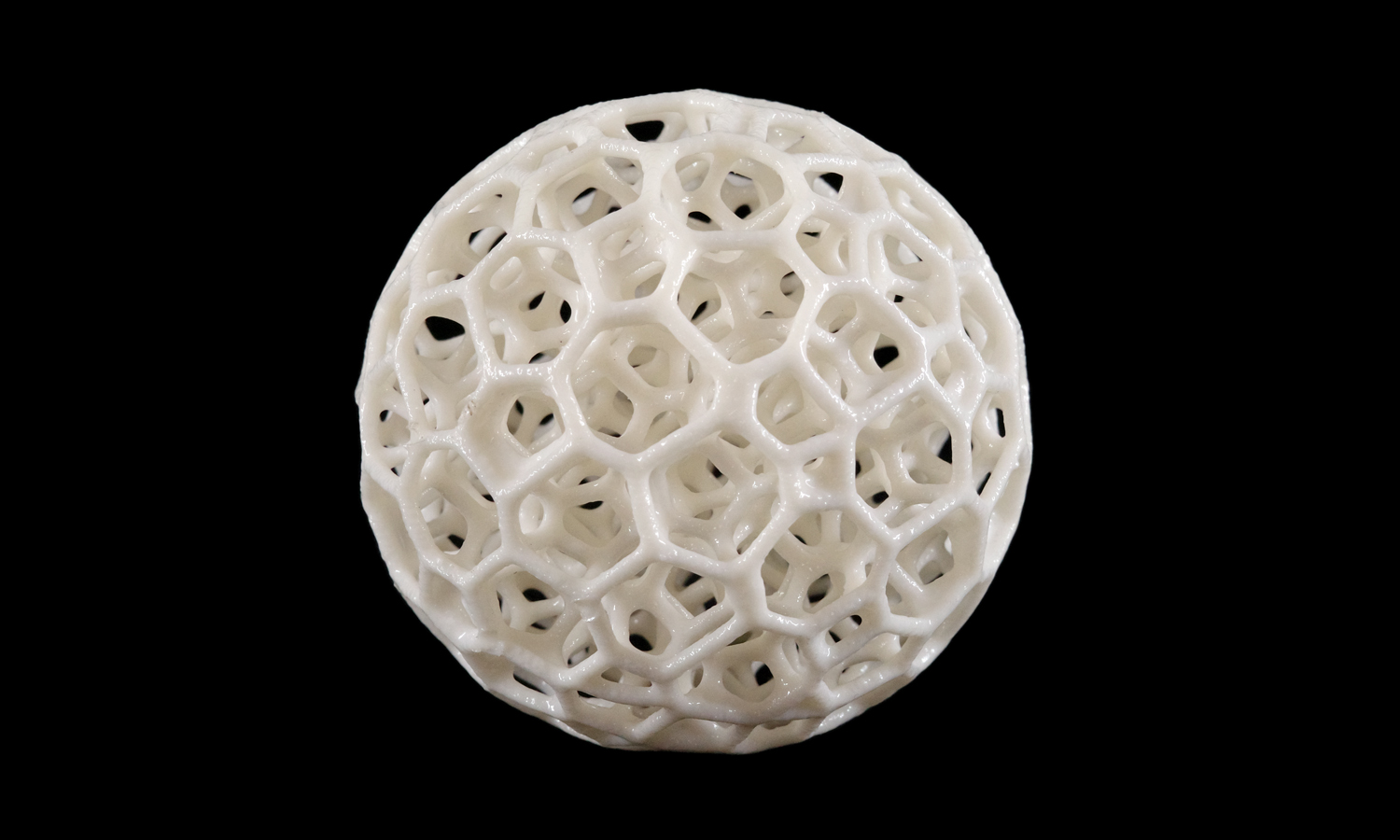
Maintenance and Service of 3D Printers
A 3D printer needs maintenance to ensure the machine’s longevity and reliability, which, if neglected, can lead to diminished print quality or printer downtime. Below, we delve into regular maintenance tasks and their associated costs:
- Replacing the build plate: Approximately $25-$100, depending on the printer type and build plate material.
- Changing the nozzle: Typically around $10-$50 for standard printers, with specialty nozzles exceeding this range.
- Lubricating moving parts: Negligible cost for lubricant, but essential for smooth operation.
- Updating software: Usually free, barring costs for professional assistance.
- Calibration checks: These can be performed without cost but may incur fees if professional calibration services are necessary.
A rough estimate for monthly 3D printer maintenance costs can range from $20 to $200, scaling with the printer’s complexity and frequency of use.
Labor Costs in 3D Printing Operations
A significant portion of 3D printing costs is labor, the skilled operation of the machinery, and the intricate art of design. Machine operators in the US may command hourly wages ranging from $15 to $25, while specialized 3D design work can elevate this cost to $30-$60 per hour.

How to Calculate the Price of a 3D Print?
Understanding the price of a 3D print is essential, whether you are a hobbyist with a printer at home or a business delving into 3D printing technology for the first time.
This guide aims to unravel the intricacies of 3D printing costs, providing a foundation for those eager to make the most of this innovative tool without breaking the bank.
How to Calculate the Cost of Your 3D Model
Calculating the cost of your 3D model involves more than simply assessing the amount of material used. Several factors come into play, each as crucial as the next in determining the final price tag.
- Model Volume and Complexity: It stands to reason that the larger and more intricate your design, the more material and time it needs to bring it to fruition. And conversely, a smaller design requiring less material will cost less. But it’s not just about size. The complexity of your model can significantly affect printing time, impacting the cost in ways that aren’t immediately apparent.
- Material Costs: Various materials are at your disposal for 3D printing projects. From basic PLA to more advanced composites and resins, each comes with its price point, reflecting its durability and finish quality.
- 3D Printing Service Fees: If you’re utilizing a 3D printing service, their fees will be a component of your cost. Fees typically cover machine use, labor, and other overheads.
After considering such factors, the bottom line for most 3D models can vary significantly. Models can range from a few dollars for simple, small prints in basic materials to hundreds or even thousands of dollars for large, complex projects using high-end materials.
The Impact of Model Complexity on Printing Costs
Model complexity can be a deceptive cost factor. It’s not merely the sophistication of the design but also how it translates to the printing process. Complexity can increase the need for additional supports within the model, drive up print failure rates, and require more post-processing work—each adding to the total cost.
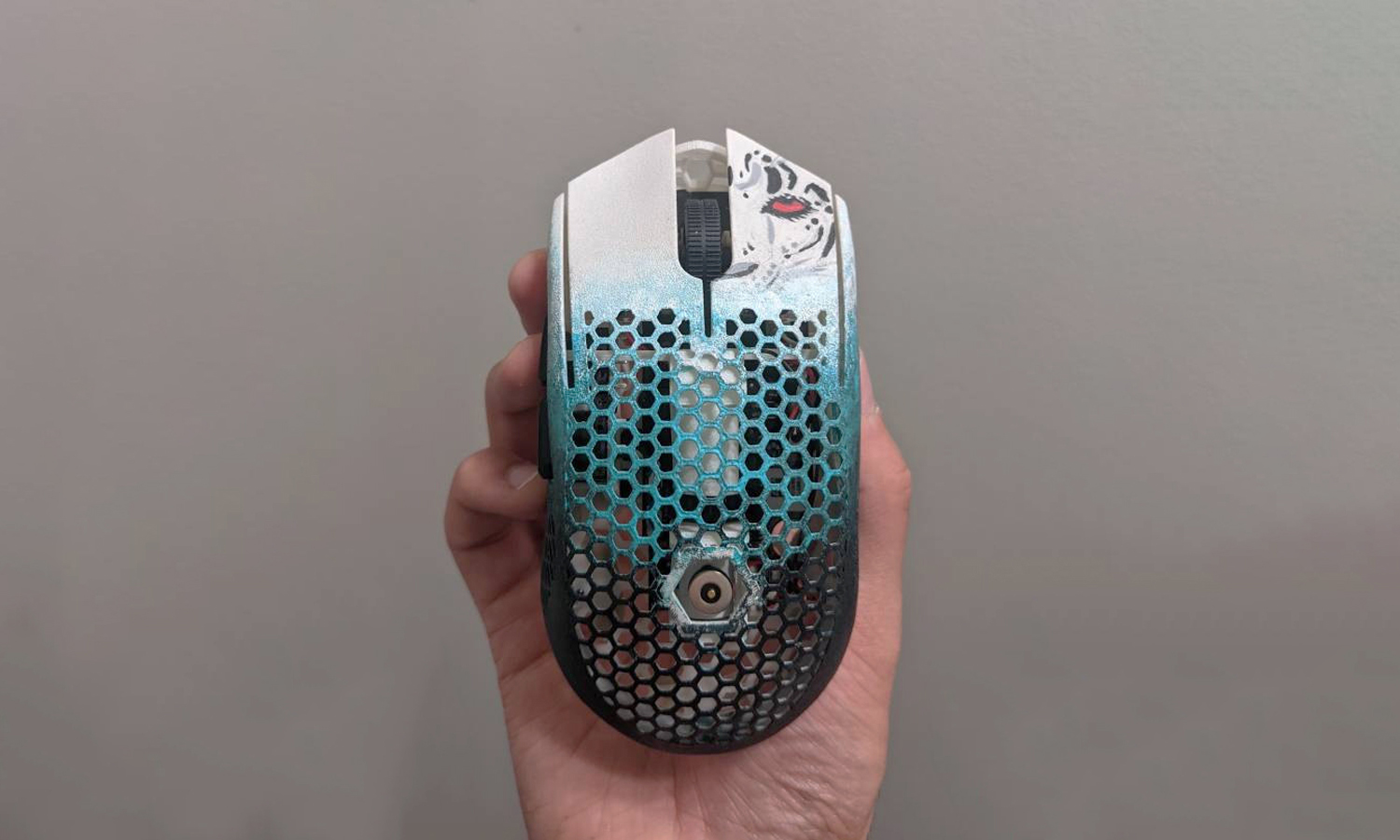
- Design Considerations: Intricate details and overhangs require support structures that use additional materials, which may also need significant post-processing to remove and finish.
- Printer Capabilities: The type of 3D printer used influences the level of detail achievable and affects the design’s complexity. For example, SLA printers, known for their high detail and finish quality, may introduce higher material costs due to the resins used.
- Print Failure Risk: With complexity comes the increased likelihood of print failures, which can be a costly part of the learning curve for those new to 3D printing technologies.
Volume and Material Usage Estimations
The volume of your 3D model and the material you select are perhaps the most tangible aspects when calculating costs. Estimations typically start with a calculation of the model’s volume, taking into account the density of the chosen material and any infill patterns used during printing.
- Material Selection: From standard plastics like ABS and PLA to specialty filaments and resin materials, each has a price per gram that must be factored into the cost calculation.
- Infill and Density: 3D prints don’t have to be solid; many are printed with an internal grid-like structure to save on material without compromising strength. The percentage of infill can affect material usage and cost.
- Waste and Supports: Consider additional material necessary for support or material that becomes waste. Efficient design can minimize this, improving the cost-effectiveness of the print.
Post-Processing Costs
A 3D print often emerges from the printer and needs further processing to be customer-ready. Post-processing, the final step in the 3D printing process, involves operations that can add significant value to the final product. However, they also add to the cost.
- Support Removal: Depending on the complexity, this can range from negligible to a substantial part of the post-processing cost, often adding $5-$20 to the final price.
- Sanding: Sanding is typically necessary to achieve a smoother surface, contributing around $10-$30 to the cost, based on the print’s size and complexity.
- Polishing: For some finishes, polishing is crucial and can add $15-$50 to the overall cost.
- Painting: Custom painting can vary widely, but one should expect it to add at least $20-$100 to the cost, depending on the detail and types of paints used.
- Sealing: Sealing to protect the print before exposure to the elements can add $10-$30.
- Assembly: For multi-part prints, assembly can be a considerable expense, often adding $20-$100 to the total cost, depending on the number of pieces and complexity.
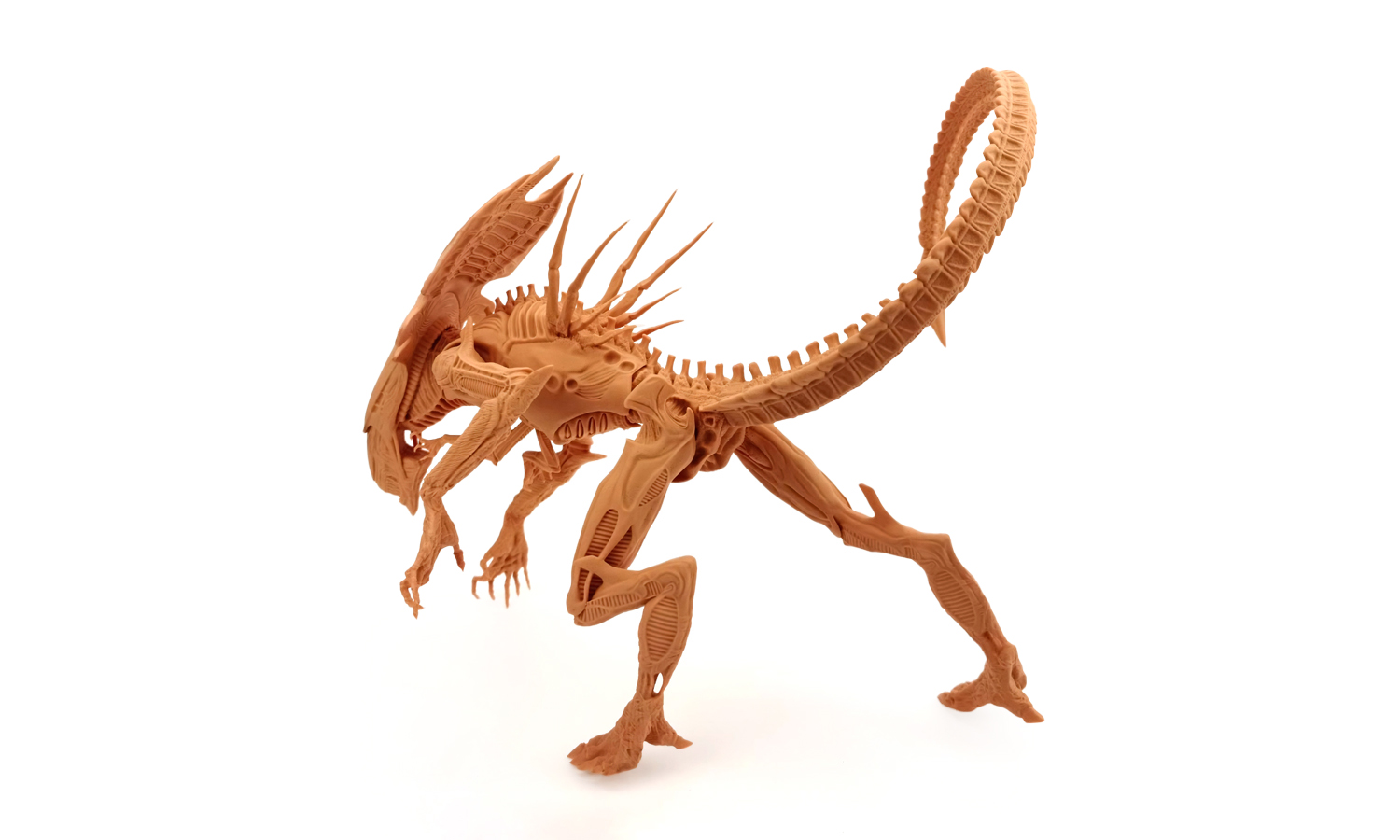
The Need for Post-Processing: Types and Costs
Post-processing isn’t merely a cosmetic choice; it’s often a necessity. The type of post-processing needed can depend on the end-use of the product, be it for functional prototypes, display models, or end-use parts. Each outcome may require different finishing techniques, from simple acetone smoothing to intricate painting and detailing.
DIY Post-Processing vs. Professional Finishing Services
The choice between undertaking post-processing yourself or opting for professional services can greatly influence the cost. While DIY post-processing can save on labor costs, it requires a time investment and the acquisition of specific skills. Conversely, professional services, though potentially more expensive, bring a level of finish and time efficiency that might be crucial for commercial projects. Doing your own research into these options will help clarify which might be most suitable for your 3D printing project.
Hidden Costs in 3D Printing
Despite its transformative potential, 3D printing harbors hidden costs that may be prohibitive if not correctly managed. Understanding these costs is vital for businesses and hobbyists to ensure that the venture into 3D printing technology is efficient and economical.
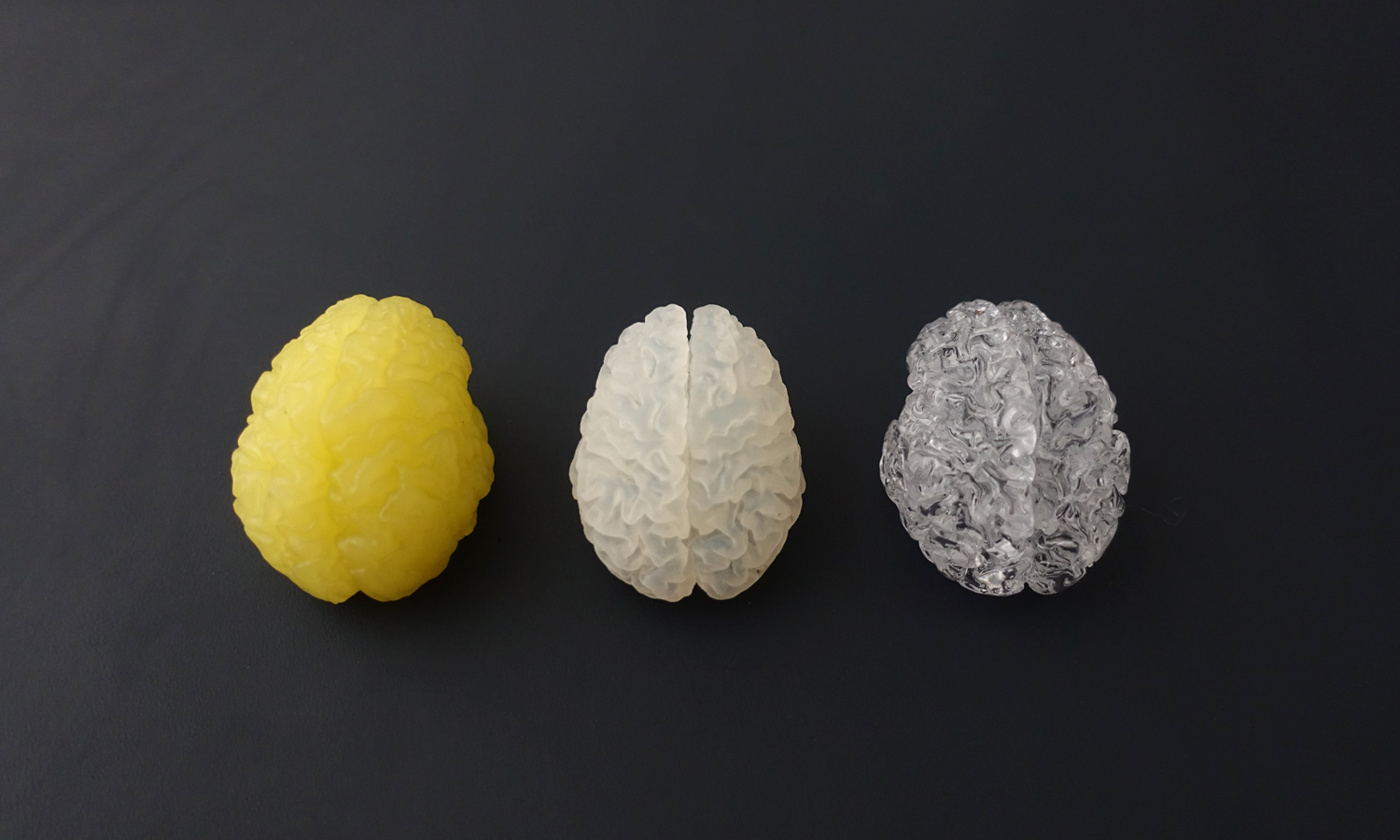
The Hidden Cost of Print Failures
Print failures present a two-fold issue: material waste and lost time. Every unsuccessful print squanders not only the raw materials, such as PLA, ABS, or resin but also the electricity and machine time that could have been allocated to successful prints. This is one of several ‘other factors’ that elevate the material cost and impact overall production efficiency.
Machine Depreciation: An Overlooked Expense
Depreciation of a 3D printer might not affect the day-to-day financials, but it certainly influences long-term profitability and replacement strategies. It’s a silent expense that creeps up, reflecting on balance sheets and the bottom line.
Facility Costs: The Price of Space and Environment
Whether it’s a dedicated printing room or a multi-purpose space, the environment where the 3D printer operates is another cost factor. The conditions necessary for optimal printing—like temperature and humidity control—can increase the overhead costs of a 3D printing business.
Minimizing Waste for Cost-Effective Operations
A diligent approach to waste management is crucial in 3D printing. Here are strategies to reduce waste and, by extension, costs:
- Optimize Design: Employing software to refine designs and remove unnecessary bulk can decrease material usage and print time.
- Printer Maintenance: Regular maintenance can mitigate the risk of print failures, ensuring consistent print quality and material efficiency.
- Material Reclamation: For certain 3D printing technologies, like SLA, excess resin can often be recycled for future use, reducing material costs.
- Intelligent Infill Settings: Adjusting the infill percentage and pattern can optimize the balance between strength and material volume.
Intellectual Property Concerns and Their Financial Consequences
In the era of digital designs and easy sharing, protecting intellectual property is paramount. Unauthorized use of designs can lead to loss of revenue and legal costs. Ensuring that intellectual property rights are secured is an essential, albeit sometimes costly, facet of 3D printing operations.
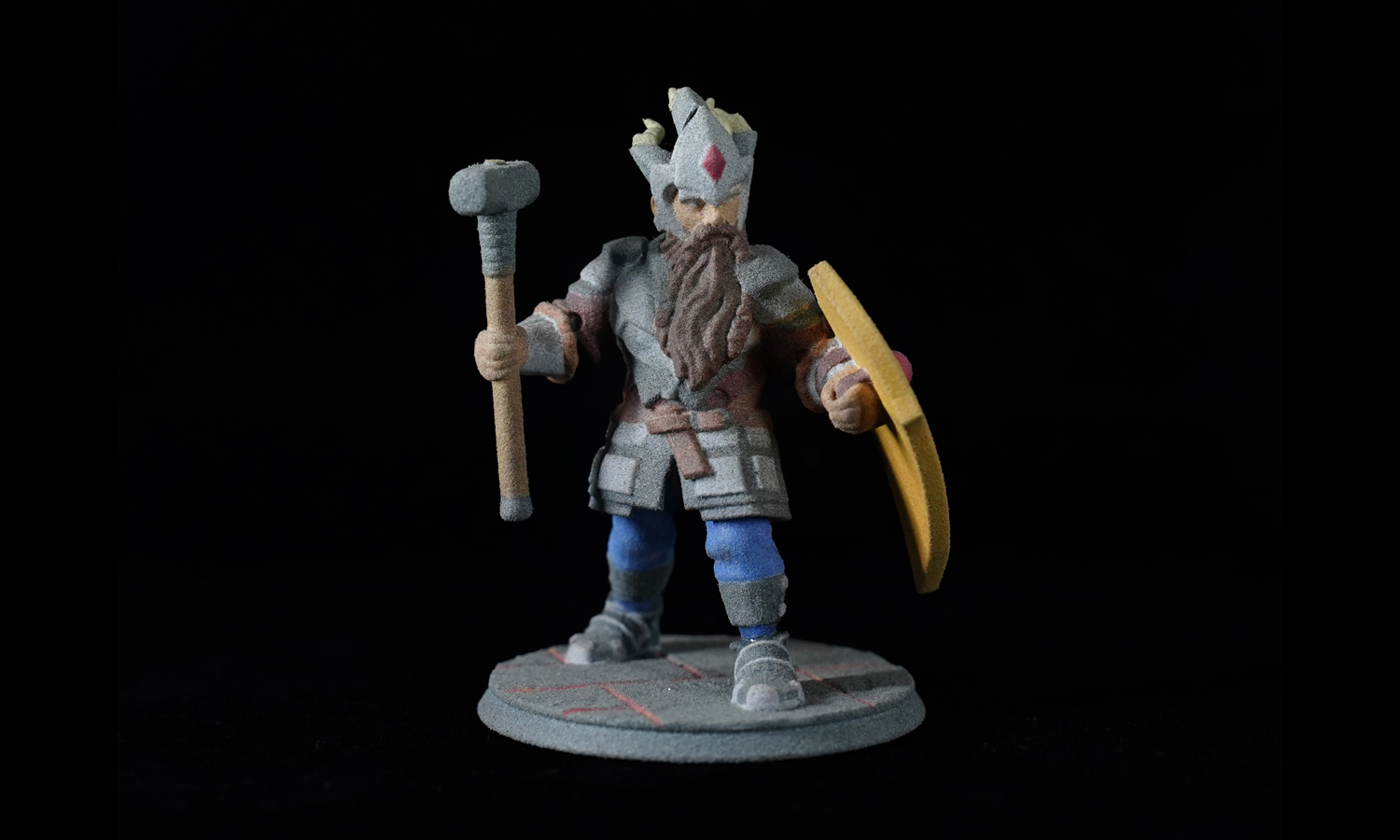
Machine Breakdowns: An Interruption with a Price Tag
A 3D printer in disrepair halts production and may require costly repairs or replacements. Such interruptions also affect delivery timelines, potentially impacting customer satisfaction and retention.
The Learning Curve and Associated Costs
Proficiency in handling 3D printing technology doesn’t come overnight. Training employees or spending time learning the intricacies of 3D printing software and hardware incurs costs in terms of both time and potential for error during the learning process.
Quality Control and the Cost of Perfection
Striving for high fidelity and precision in prints can escalate costs. As print quality increases, so does the scrutiny on the printing process, often necessitating more expensive materials, finer resolution settings, and potentially slower print speeds to achieve the desired outcome.
Reducing the Cost of 3D Printing
The reality is that with the correct knowledge and application of cost-saving measures, 3D printing can be incredibly cost-effective. Whether for a one-off prototype or part of a larger production process, understanding how to reduce expenses without compromising quality is crucial.
Optimizing 3D Print Settings for Cost Efficiency
One of the most direct methods to reduce the cost of 3D printing is optimizing printer settings. Adjustments here can help lower material costs and save on the wear and tear of the printer, thus extending its lifespan and reducing maintenance costs.
Below are strategies for optimizing 3D printer settings:
- Layer Height and Wall Thickness: Selecting the appropriate layer height can affect both the print time and the amount of material used. Thicker layers can reduce print time and material use but may result in a loss of detail. Conversely, thinner layers increase detail but also print time and material consumption. Balancing these factors is key to efficient printing.
- Infill Percentage: The infill is the internal structure of a 3D-printed object. Lowering the infill percentage reduces the amount of plastic used, which can cut down on material costs significantly. However, this must be balanced against the structural requirements of the model.
- Supports: Using supports only where necessary can greatly reduce material usage. Designing parts to minimize overhangs can also limit the need for support.
- Print Speed: Increasing the print speed can reduce the printer running time, which may save on electricity and potentially labor costs. However, test it to ensure it does not impact print quality.
Choosing the Most Cost-Effective 3D Printing Material
Selecting the right material is as much about achieving the desired result as it is about managing costs. Each material brings its own set of characteristics and price points:
- PLA (Polylactic Acid): A biodegradable thermoplastic, it is one of the most cost-effective materials for 3D printing, suitable for a wide range of applications, and easy to use, making it ideal for those on a budget.
- ABS (Acrylonitrile Butadiene Styrene): ABS is a bit more expensive than PLA but provides stronger and more heat-resistant prints. Professional applications often use it where higher durability is required.
- Resin: For prints requiring fine detail, like miniatures or intricate jewelry, resin is a go-to material. Although typically more costly than filament-based materials, the price can be justified by the superior surface finish and detail it offers.
The Economics of Scale in 3D Printing
Although many people praise 3D printing for its ability to produce single, custom pieces economically, there’s a point at which the economics of scale come into play:
- Bulk Printing: By printing multiple parts at once, you can maximize the use of the build plate, save on start-up costs, and reduce the per-unit energy consumption.
- Consistent Demand: If there’s a steady demand for a particular piece, investing in a larger 3D printer or multiple printers can reduce the individual cost of each print through enhanced production efficiency.
- Material Purchasing: Buying materials in bulk can lead to significant savings. Many suppliers offer discounts for larger volume purchases, which can decrease the overall material cost per print.
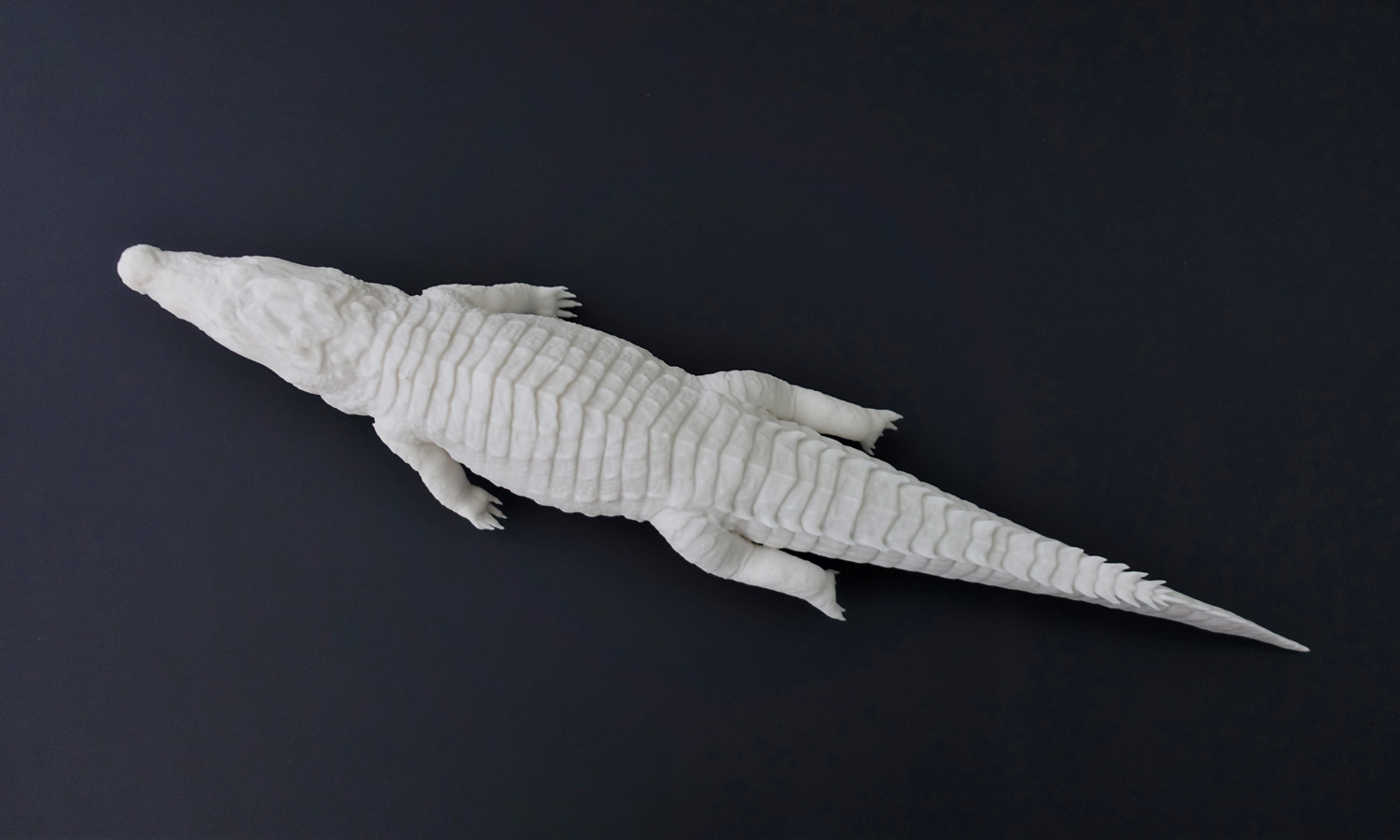
Conclusion
This guide has covered initial costs, recurring expenses, and other important factors in the economics of 3D printing. Mastering these aspects is not just a numbers game, but a blend of economy and efficiency. With the right knowledge, your 3D printer will be more than just a production machine—it will be a key to success.
However, one important decision remains: choosing the right printing partner. At FacFox, we are dedicated to helping you on this journey. With our advanced printers, high-quality materials, and commitment to customer satisfaction, we can bring your creative vision to life.
Source: https://www.raise3d.com/academy/3d-printing-cost-and-printer-price/

Leave A Comment